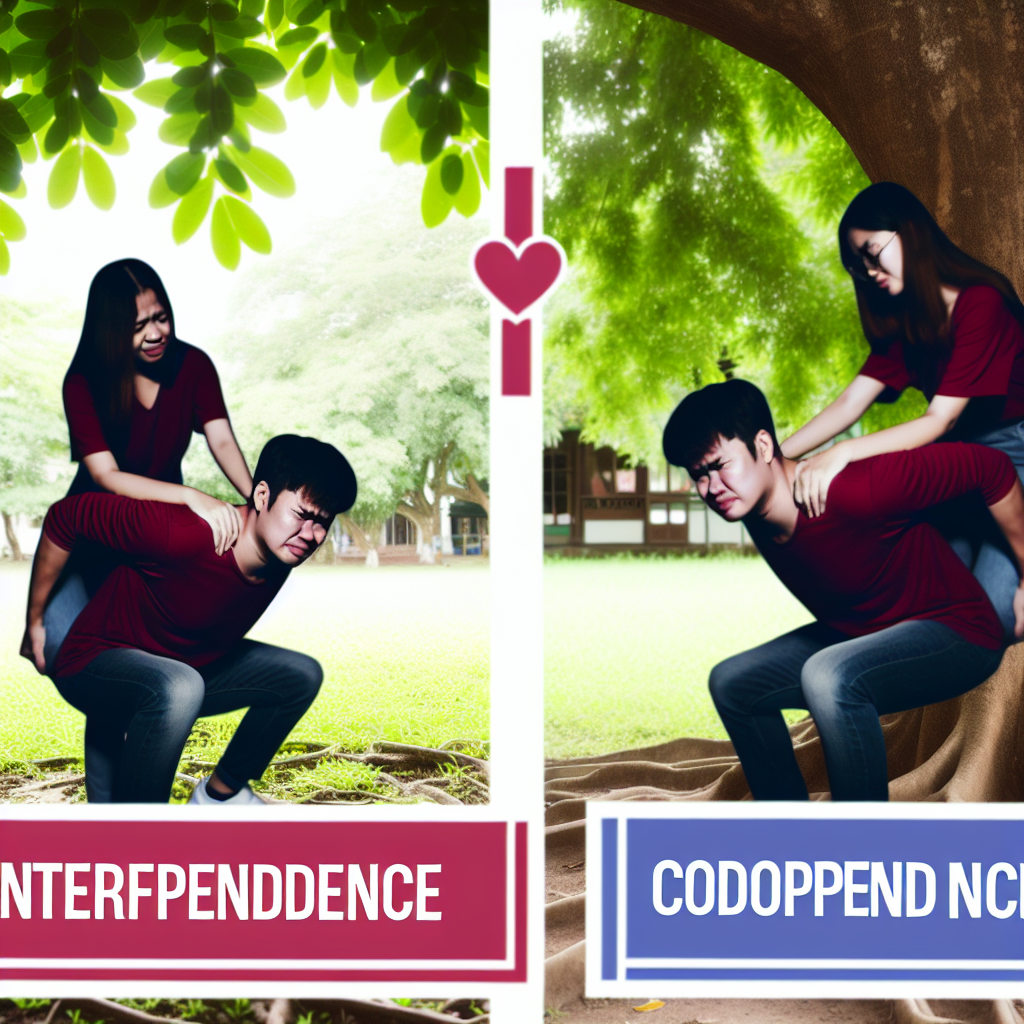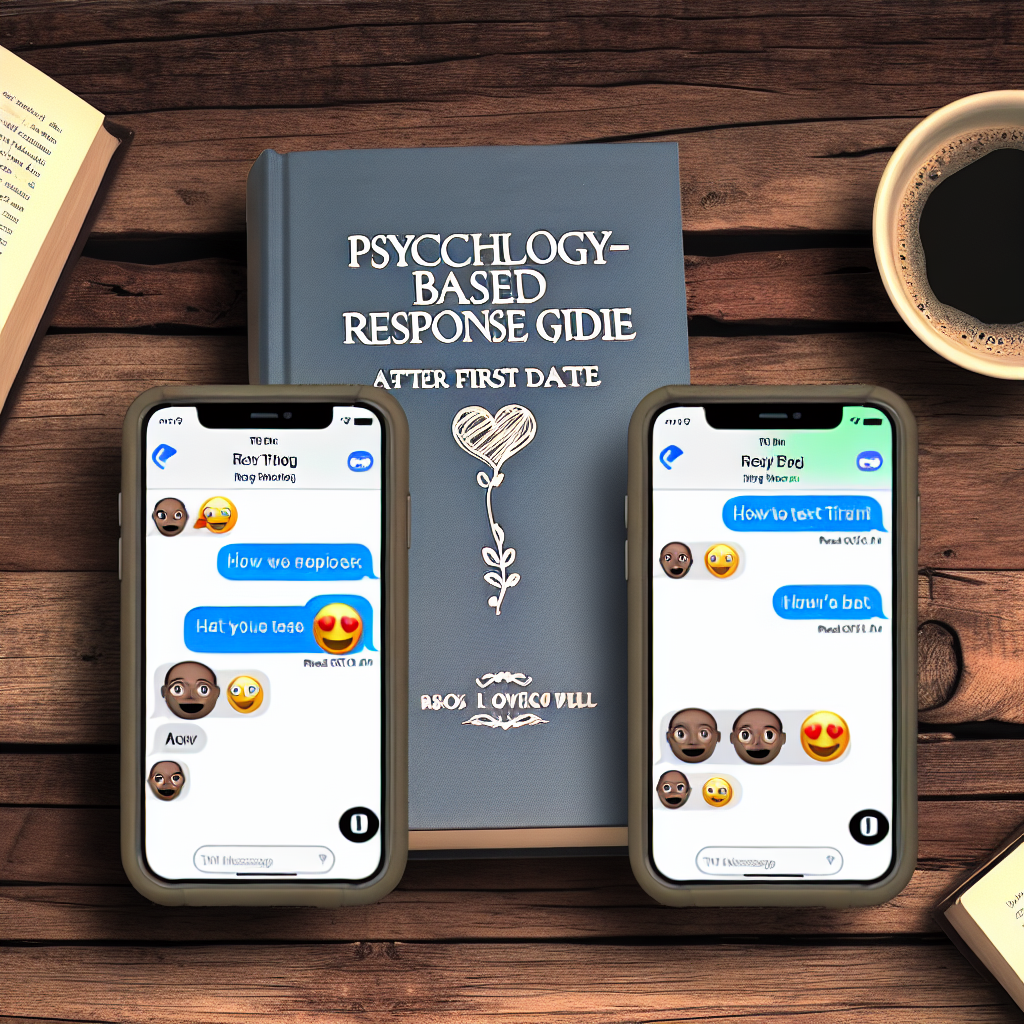Interdependence vs. Codependence: Measuring Relationship Health Through Attachment Behaviors
Introduction: Understanding the Connection Between Relationship Dynamics and Well-Being
Relationships thrive on connection—the way two people support, uplift, and grow with each other. However, the nature of that connection dictates a relationship’s overall health. Many singles struggle to differentiate between interdependence and codependence, two relational patterns that may seem similar but yield vastly different outcomes in emotional well-being and personal growth.
Interdependence is the key to a mature, balanced relationship, where both partners maintain autonomy while providing mutual support. In contrast, codependence stems from excessive emotional reliance, leading to unhealthy power dynamics and insecurity. Attachment theory offers profound insights into these behaviors, helping individuals seeking long-term connections recognize unhealthy patterns early and cultivate fulfilling relationships.
The Hallmarks of Interdependence: What a Healthy Relationship Looks Like
At its core, interdependence means maintaining individuality while nurturing a deep, supportive bond. In an interdependent relationship:
– Both partners respect each other’s autonomy while offering mutual care.
– Emotional support is given freely, without fear of losing one’s identity.
– Trust, security, and shared decision-making form the foundation of the relationship.
– Boundaries are honored to ensure both partners maintain personal growth.
Interdependent relationships foster emotional security and resilience, enabling couples to navigate life’s challenges together while remaining individually strong.
The Pitfalls of Codependence: How Emotional Over-Reliance Harms Relationships
Codependent relationships, on the other hand, often emerge from a place of low self-esteem and deep-seated insecurities. Some signs of codependence include:
– An excessive need to please a partner, even at personal expense.
– Fear of being alone or an inability to function independently.
– Emotional highs and lows dictated by a partner’s approval or disapproval.
– Blurred or weak personal boundaries, leading to an imbalanced power dynamic.
Codependency can lead to emotional exhaustion, resentment, and dissatisfaction, making it difficult for both individuals to grow in a balanced, healthy way.
The Science Behind Attachment: How Early Experiences Shape Relationship Patterns
Attachment theory, pioneered by Dr. John Bowlby and Dr. Mary Ainsworth, explains how early childhood experiences influence adult relationships. Secure attachment leads to interdependent relationships, while anxious or avoidant attachment tends to contribute to codependent behaviors.
Recent research in neuroscience and psychology highlights:
– Securely attached individuals exhibit greater emotional regulation and adaptability.
– Anxiously attached individuals may develop codependent tendencies, seeking constant reassurance.
– Avoidantly attached individuals might resist intimacy altogether, struggling with relational closeness.
Modern studies reinforce that fostering secure attachment in adulthood requires emotional regulation, healthy communication, and intentional personal growth.
Key Research Findings: How Psychology Explains Relationship Dynamics
Psychological research sheds light on why interdependence leads to satisfying relationships while codependence fosters emotional distress.
– Interdependence Enhances Well-Being: A 2017 study in Personality and Social Psychology Bulletin found that interdependent relationships contribute to higher relationship satisfaction, emotional security, and lower stress levels [(Lantagne & Furman, 2017)](https://journals.sagepub.com/doi/10.1177/0146167217702739).
– Codependency Triggers Anxiety & Depression: A Journal of Marital and Family Therapy study found that codependent individuals suffered from higher levels of anxiety, depression, and emotional burnout [(Dear et al., 2004)](https://onlinelibrary.wiley.com/doi/abs/10.1111/jmft.2004.30.issue-4).
– Healthy Dependence Strengthens Bonds: Dr. Stan Tatkin emphasizes “secure-functioning relationships,” where mutual respect, clear communication, and emotional safety form the relationship foundation [(Tatkin, 2012)](https://www.thepactinstitute.com/about-stan-tatkin).
– Neuroscience Confirms Emotional Regulation Is Key: MRI studies show that securely attached individuals manage stress more effectively than those with insecure attachment styles [(Coan et al., 2006)](https://www.science.org/doi/10.1126/science.112977).
Practical Steps to Foster Interdependence & Avoid Codependency
Singles seeking long-term relationships can take proactive steps to cultivate interdependence:
✅ Assess Personal Attachment Styles: Self-reflection, therapy, or attachment quizzes can help identify behavioral patterns.
✅ Set & Maintain Healthy Boundaries: Saying no and prioritizing self-care fosters emotional balance.
✅ Practice Open & Honest Communication: Expressing needs and emotions without fear of rejection strengthens relationships.
✅ Prioritize Individual Growth: Maintaining personal goals and interests ensures balance within a relationship.
✅ Recognize Codependency Red Flags: If constant approval-seeking, self-sacrifice, or fear of separation dominates interactions, it may signal codependency.
By focusing on these strategies, individuals can move towards healthier, more fulfilling relationships rooted in mutual respect and emotional stability.
Conclusion: Creating Lasting, Secure Relationships Through Self-Awareness
The distinction between interdependence and codependence is crucial for measuring relationship health. While interdependence fosters equality, trust, and resilience, codependence leads to imbalance, insecurity, and emotional distress. Psychological and neuroscientific research confirms that secure attachment, emotional regulation, and effective communication contribute to lasting relationship satisfaction.
Singles exploring the dating world should invest in self-awareness, recognizing early signs of unhealthy dynamics and fostering secure, fulfilling partnerships. By striving for balanced emotional needs and a deep sense of connection, individuals can cultivate relationships that nurture both love and personal growth.
—
**Summary:**
This article explores the difference between interdependence and codependence in relationships, and how attachment theory can help individuals recognize and foster healthy, fulfilling partnerships. It highlights the key characteristics of interdependent relationships, the pitfalls of codependence, and the scientific research that explains the impact of different attachment styles on emotional well-being and relationship dynamics. The article also provides practical steps for singles to assess their own attachment patterns and cultivate secure, interdependent relationships.
**References:**
– Lantagne, S. & Furman, W. (2017). “Romantic Relationship Development in Young Adulthood: The Role of Attachment, Relationship Satisfaction, and Dissolution.” *Personality and Social Psychology Bulletin.* [https://journals.sagepub.com/doi/10.1177/0146167217702739](https://journals.sagepub.com/doi/10.1177/0146167217702739)
– Dear, G. E., Roberts, C. M., & Lange, L. (2004). “Defining Codependency: A Thematic Analysis.” *Journal of Marital and Family Therapy.* [https://onlinelibrary.wiley.com/doi/abs/10.1111/jmft.2004.30.issue-4](https://onlinelibrary.wiley.com/doi/abs/10.1111/jmft.2004.30.issue-4)
– Tatkin, S. (2012). *Wired for Love: How Understanding Your Partner’s Brain Can Help You Defuse Conflict and Build a Secure Relationship.* The PACT Institute. [https://www.thepactinstitute.com/about-stan-tatkin](https://www.thepactinstitute.com/about-stan-tatkin)
– Coan, J. A., Schaefer, H. S., & Davidson, R. J. (2006). “Lending a Hand: Social Regulation of the Neural Response to Threat.” *Science.* [https://www.science.org/doi/10.1126/science.112977](https://www.science.org/doi/10.1126/science.112977)

Dominic E. is a passionate filmmaker navigating the exciting intersection of art and science. By day, he delves into the complexities of the human body as a full-time medical writer, meticulously translating intricate medical concepts into accessible and engaging narratives. By night, he explores the boundless realm of cinematic storytelling, crafting narratives that evoke emotion and challenge perspectives. Film Student and Full-time Medical Writer for ContentVendor.com




